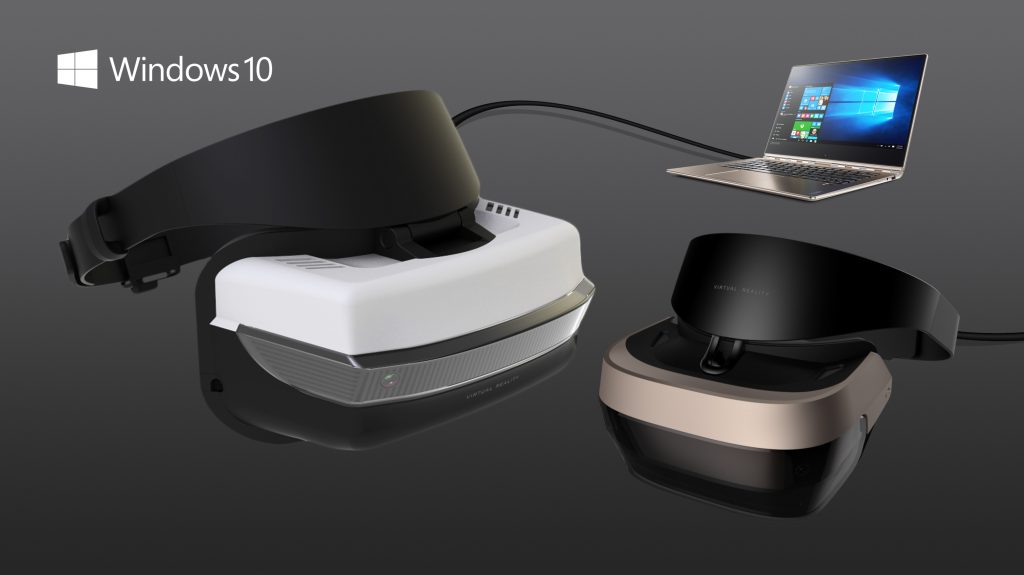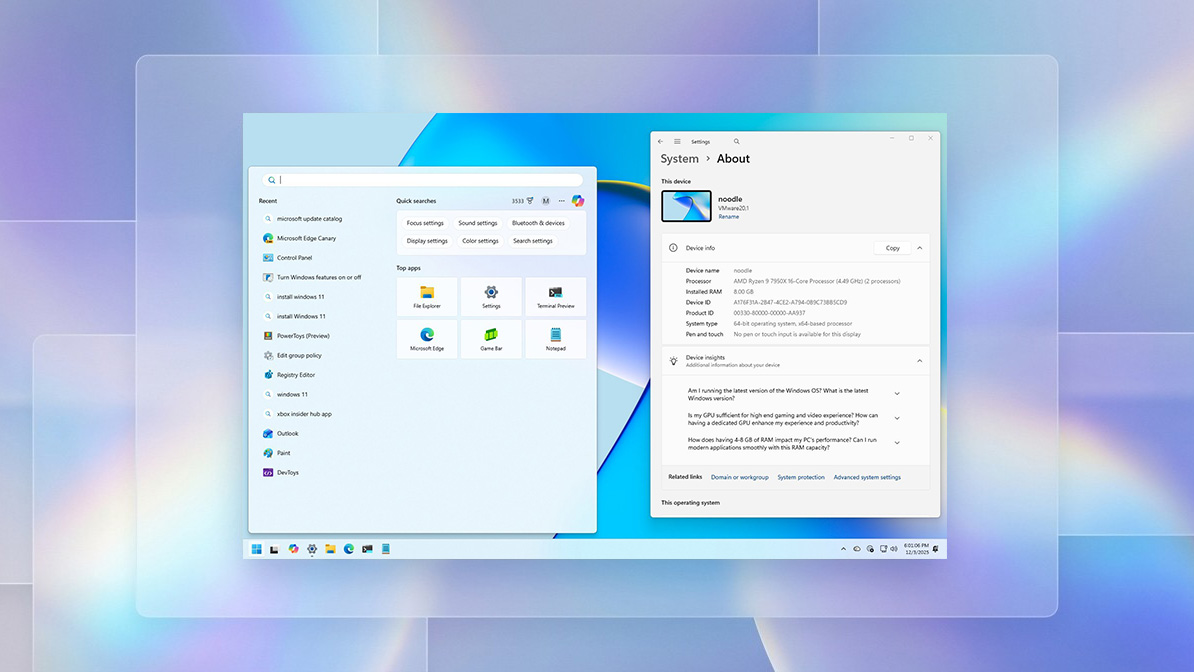Microsoft details its plans for mixed reality, PC specs for head mounted displays revealed
At WinHEC 2016, Microsoft detailed its plans to take Mixed Reality into the mainstream.

Microsoft unveiled a whole raft of major announcements at their WinHEC 2016 conference today, including Windows 10 on ARM, and new possibilities that have opened up for developers and hardware manufacturers.
One major pillar of this new frontier — dubbed Project Evo — is low-cost mixed reality devices that Microsoft and its partners hope will propel holograms into the mainstream.
Project Evo encompasses tons of new hardware features for Windows, including Amazon Echo-like far-field speech communication for Cortana (which has implications for Home Hub), new biometric features for Windows Hello, spatial audio, and HDR support.
These new features will also be available in a range of new Head Mounted Displays (HMDs), which Microsoft says will "raise the bar" for what people expect of a Windows PC.
Microsoft is targeting the Chinese market heavily for HMDs, announcing that HoloLens for developers is currently traveling through the country's governmental approval process. Also, a leading China-based VR company known as 3Glasses will begin working with the mixed reality features of Windows 10's Creators Update, coming in mid-2017.
Microsoft also unveiled the PC specs that would be required for mixed reality HMD devices. Thankfully, they are very reasonable compared to the expectations set by full VR headsets like HTC Vive and Oculus Rift.
The base minimum hardware requirements for holiday-2017 systems are as follows:
All the latest news, reviews, and guides for Windows and Xbox diehards.
- CPU: Intel Mobile Core i5 (e.g. 7200U) Dual-Core with Hyperthreading equivalent
- GPU: Integrated Intel® HD Graphics 620 (GT2) equivalent or greater DX12 API Capable GPU
- RAM: 8GB+ Dual Channel required for integrated Graphics
- HDMI: HDMI 1.4 with 2880x1440 @ 60 Hz
- HDMI 2.0 or DP 1.3+ with 2880x1440 @ 90 Hz
- HDD: 100GB+ SSD (Preferred) / HDD
- USB: USB 3.0 Type-A or USB 3.1 Type-C Port with DisplayPort Alternate Mode
- Bluetooth: Bluetooth 4.0 for accessories
In addition to 3Glasses, other companies including Acer, ASUS, Dell, HP, and Lenovo are working on HMDs that will support the Windows 10 Creators Update, bringing holograms to the masses.
Microsoft's mixed reality features will arrive in 2017 with the Windows 10 Creators Update.
On the developer side of things, WebVR will also be supported for the first time in Microsoft Edge, reiterating Microsoft's demonstrations of drag-and-drop 3D objects from web pages. One implementation of this includes the ability to place 3D impressions of furniture into your real world to see how they'll look before purchasing. Additionally, Microsoft's Movies & TV app (or Film & TV in other territories) will begin supporting 360-degree video — a feature that, up until now, was available only through third-party apps in the Windows 10 Store.
Windows 10 Creators Update HMD dev kits will also be launched in February during the Game Developers Conference in San Francisco. By launching the dev kits at GDC, it's pretty clear that Microsoft is targeting game developers specifically with its HMD efforts, which will no doubt have implications for the VR-capable Xbox Project Scorpio.
Microsoft is offering developers the opportunity to register their interest in developing mixed reality experiences for Windows over on this survey. Be sure to check it out if you're a dev!
The WinHEC 2016 announcements have massive implications for the future of Windows, and as always, we'll be here to cover every aspect of it! Are you interested in mixed reality HMD PCs? Let us know in the comments.

Jez Corden is the Executive Editor at Windows Central, focusing primarily on all things Xbox and gaming. Jez is known for breaking exclusive news and analysis as relates to the Microsoft ecosystem while being powered by tea. Follow on Twitter (X) and tune in to the XB2 Podcast, all about, you guessed it, Xbox!
